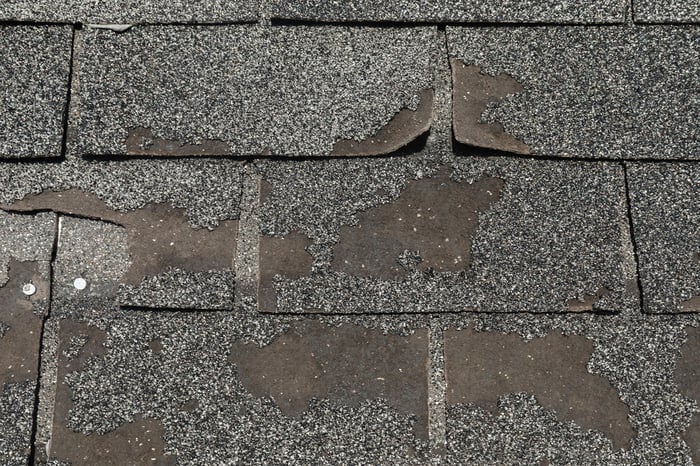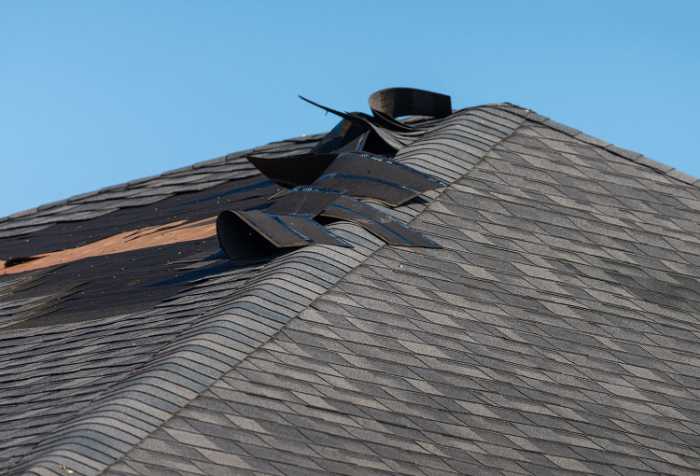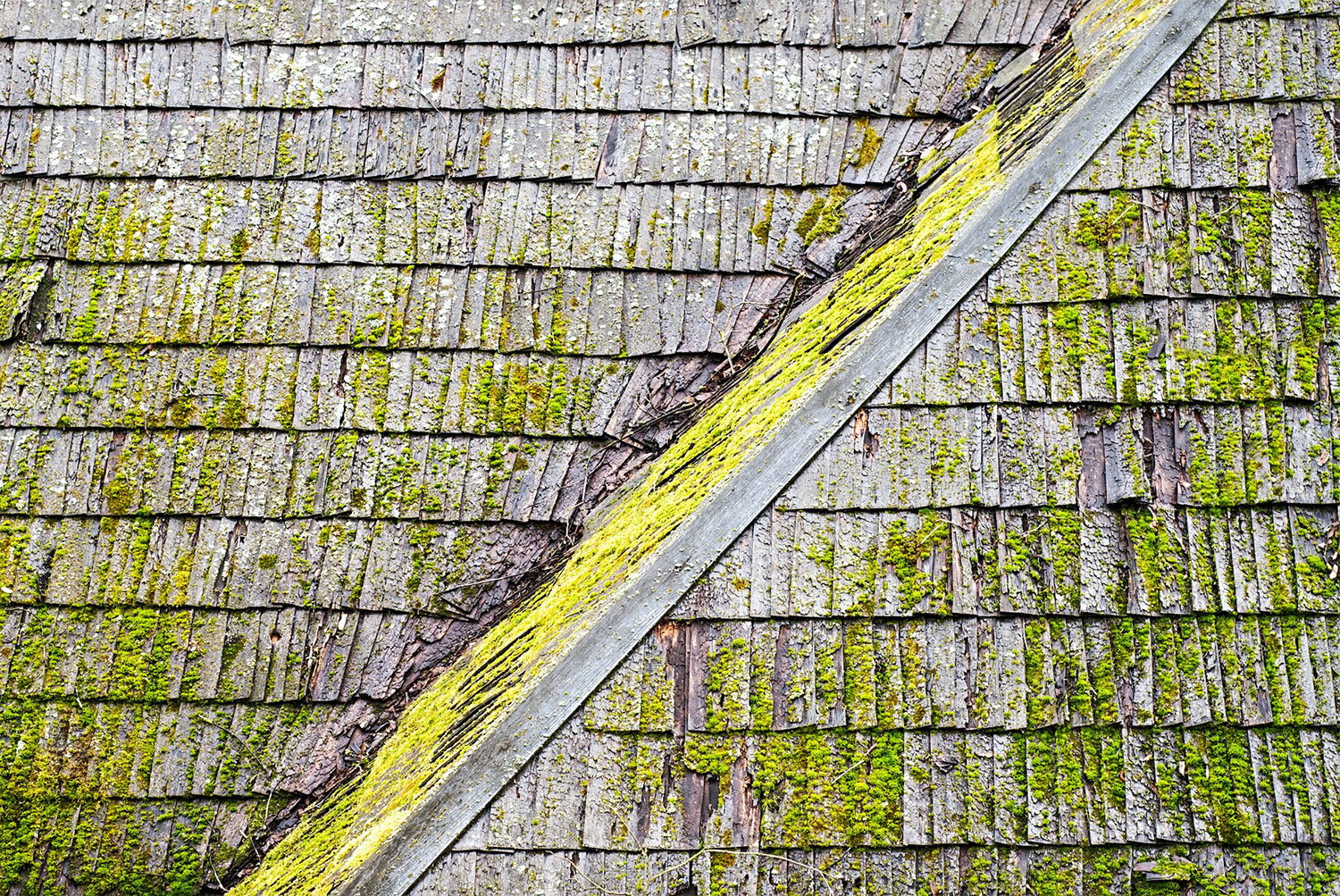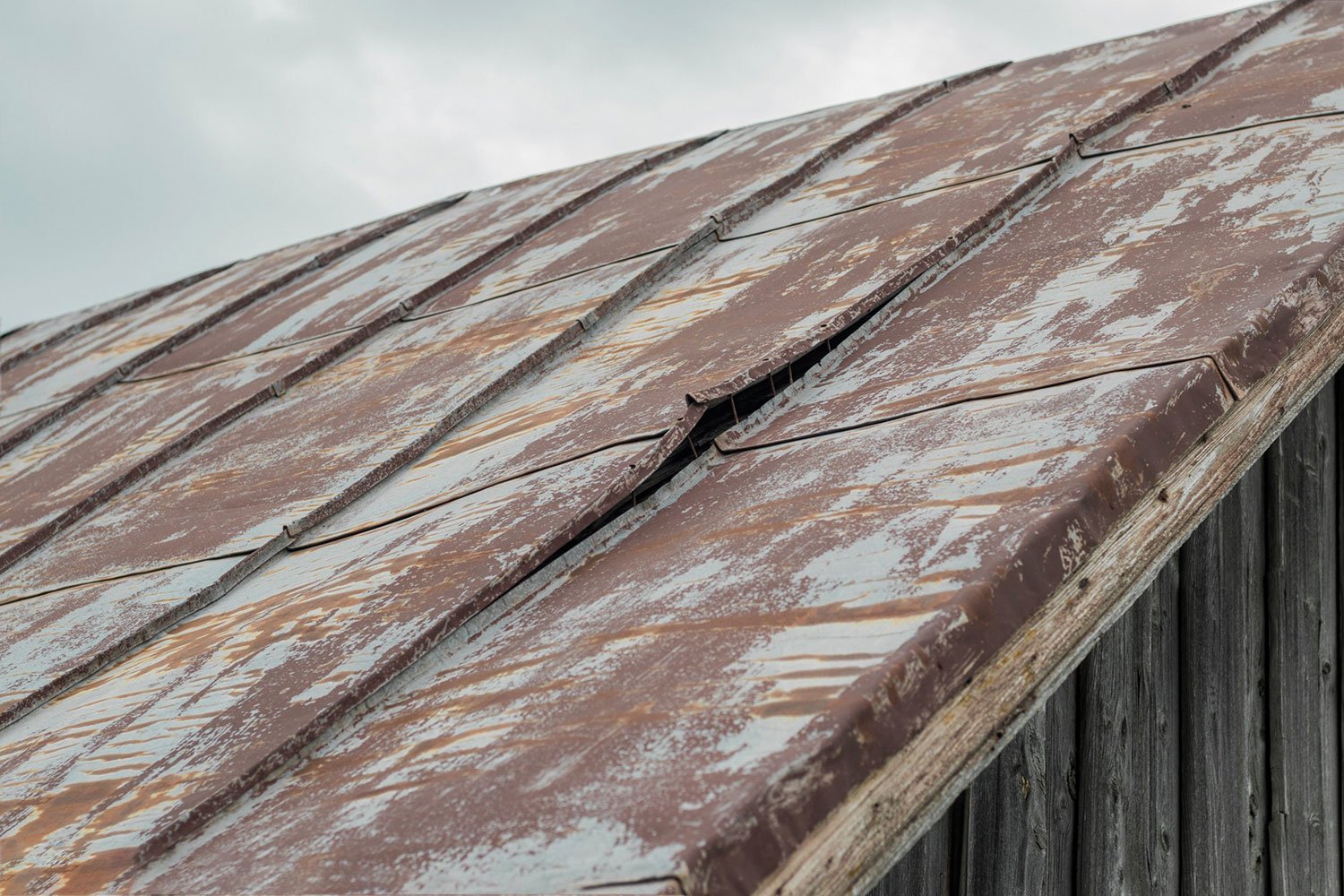Roof damage is the number 1 cause of increased energy costs and home insurance claims. The roof is the most important part of your home because it protects you from the outside environment and weather conditions. If there is any damage to your roof, you need to repair it immediately before it gets worse and causes more damage to other parts of your house. Water leaks can be very dangerous and expensive to repair.
Just keep in mind, homeowners insurance makes everything easier! Here are the top things to look out for when assessing roof damage:
Sagging or Drooping
If you notice your roof decking or other roofing materials starting to sag or droop, this is a sure sign that there's extensive damage and you might need roof repair. This is usually caused by water damage or rot, and it can lead to serious problems if not addressed quickly. If you see any sagging or drooping, it's important to call a roofing company right away to assess any roof damage.
Sometimes, the signs of roof decking damage may be more subtle. If you notice the flashing around your chimney or vents has started to deteriorate, this is an indication that the roof decking is starting to rot.

Cracks & Hail Damage
Small cracks may not seem like a big deal, but they can quickly turn into bigger ones that can cause structural roof damage. They are often caused by large hail or other extreme weather. Hail or other flying debris from severe storms can crack your entire roof if moving fast enough. Large cracks can wreak havoc and can make your house and the inside of your roof vulnerable.
Storm damage can be more severe than you originally think and can cause roof penetrations, so keep an eye out for any cracks in your decking and have them repaired as soon as possible, especially right after a wind or hail storm.
Missing Shingles
If you notice any missing or damaged shingles, this is a sign that your roof needs to be repaired. Shingles can become loose or fall off due to wind damage, severe weather, or simply old age. Be sure to have any missing asphalt shingles replaced as soon as possible. Make sure to double-check your asphalt shingles after high winds. Most roofs will last for about 20 years before they need to be repaired or replaced.
However, some types of roofs are more durable than others. The most common type of roofing material is shingles, which can last anywhere from 10-25 years depending on how well they’re maintained. Strong winds can blow improperly sealed shingles off the roof.

Roofing Nails Losing Their Heads
If you find a nail on your decking that has lost its head and is sticking out at an angle, be sure to remove it as soon as possible. The longer the piece of metal stays in place, the more likely it'll cause damage or hurt someone—especially if someone steps on it!
Splitting
If you see the wood on your decking splitting or breaking, this is another sign of roof damage. This can be caused by severe weather conditions or simply wear and tear. If you see any of these signs, it's time to have a professional inspection done. The sooner you catch issues with your roof, the easier they are to fix and the less damage will be done to your home in the long run.
Roof Warping
If your roof decking is starting to warp, it's definitely time for a roof replacement or roof repair. If your roof is wavy and warps, it's often caused by water damage, sometimes from a storm. If you have a flat roof that has been damaged, it's best to call in a roofing contractor for a roof inspection or repairs. Don't be surprised if they recommend a whole new roof!
Discoloration
If you notice that your roof decking is discolored, this is a sign of water damage. Be sure to have this checked out as soon as possible so that you can avoid any further roof damage. This can lead to mold growth and other issues, so be sure to have it checked out as soon as possible.

Mold or Mildew Roof Damage
If you see mold or mildew on your roof decking, this is a clear sign that it's in bad shape. This is usually caused by moisture in the attic or elsewhere, and it can lead to serious health problems if not addressed quickly. The first step is to determine whether the problem is on the surface or actually within the wood. If you see mold or mildew, there's a good chance that the wood, or even house structure, has been compromised. A roofing company should inspect and perform maintenance, but they may get there and decide you need a replacement.
Soft Spots in the Roofing Materials
If you notice any soft spots on your roof decking, this is an indication that the wood is starting to rot. This can be caused by water damage or simply age and wear and tear. Whatever the case, if you have spot roof damage or see indents in your asphalt or composition shingles, it's time to have your roof checked out. These soft spots will only get worse over time, so it's best to catch them early on.
Falling Debris from Roof Damage
If you start to notice debris falling from your roof, especially after a wind storm, this is a sign that there is significant roof damage. This can be caused by severe weather conditions or simply age and wear and tear. Roof repairs or replacements should be done as soon as possible to avoid further damage.
Keep an eye out for shingle granules crumbling off.
Squeaking
If you start to hear squeaking when you walk on your roof, this is another sign that the decking is in bad shape. This is often caused by moisture, and it can lead to serious problems if not fixed. If you notice that your roof isn’t level, this could be a sign of decking problems. Homeowners can get roofing companies to check it out, but if they find that your decking is damaged or rotted, they will probably recommend a whole new roof.

Holes
If you see any holes or dark spots in your roof decking, this is a sure sign that it needs to be replaced. This can be caused by severe weather conditions or simply age. Be sure to have this checked out as soon as possible so that you can avoid any further damage.
Leaky Roof
If you have a roof leak, this is a clear sign that you have roof damage. Roof leaks can be caused by storm damage, wind damage, or simply age and wear and tear. Be sure to have this checked out as soon as possible so that you can avoid any further damage and minimize roof repairs. The sooner you can catch issues, the lower roof repair costs will be.
When You or a Roofing Company Has Assessed Your Roof Damage
Make sure your homeowners' insurance will cover your roof repairs.
If you've assessed your roof damage and find that you have any of the above problems, it's time to call in a professional for roof repairs. They will often give you an inspection and estimate. Home insurance policies vary greatly, but they will often cover the types of roof damage mentioned above.
Roof Repairs and Roof Repair Cost
The sooner you catch issues with your roof, the easier they are to fix and the less damage will be done to your home in the long run. A qualified roofing contractor will be able to help you assess the damage and determine the best course of action. They will also be able to help you file a claim with your insurance company, if necessary.
Don't wait until it's too late to have your roof inspected! Be sure to have it done every few years so that you can catch any problems early on. Waiting until there is significant damage can be costly and dangerous.
Your decking protects your home and family. The more you know about the signs of bad roof decking, the better your chances of preventing damage to your home. If you think something is wrong with your roof decking, especially if you have a leaking roof, don’t hesitate to contact us!

COMMENTS